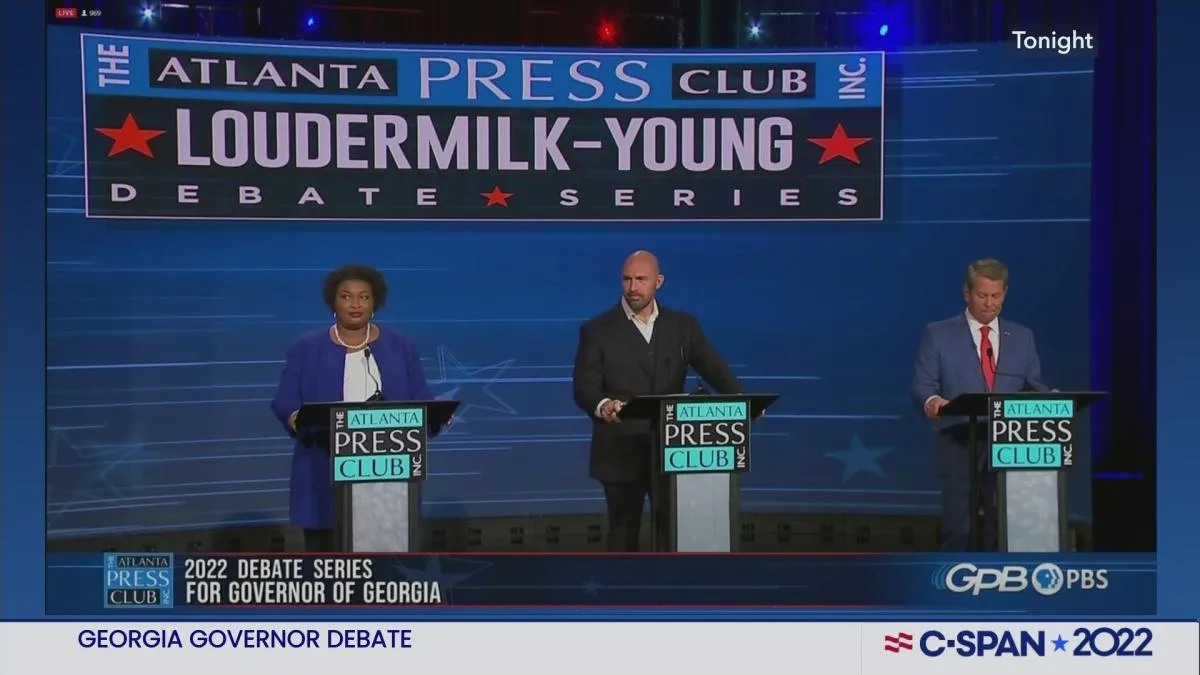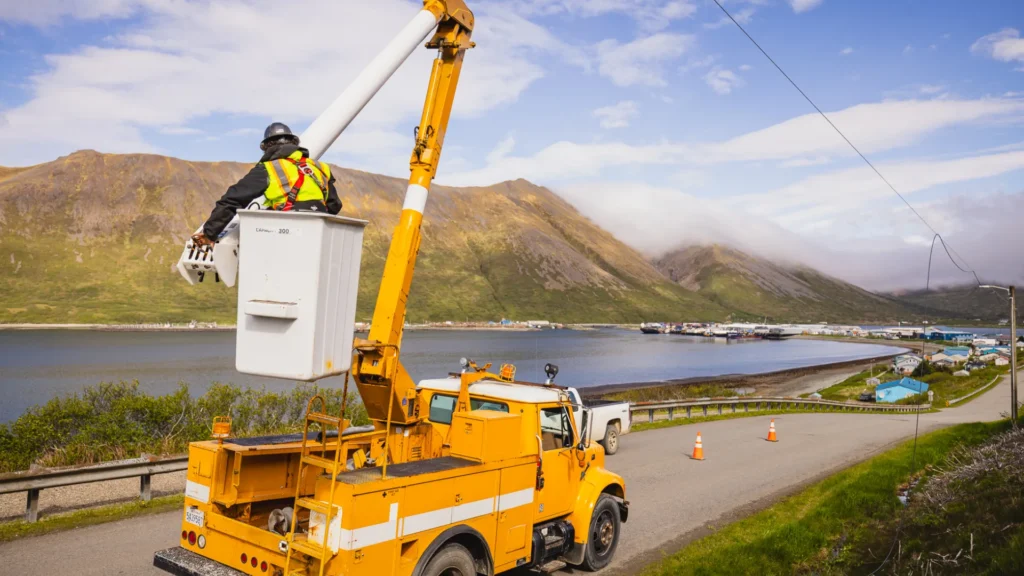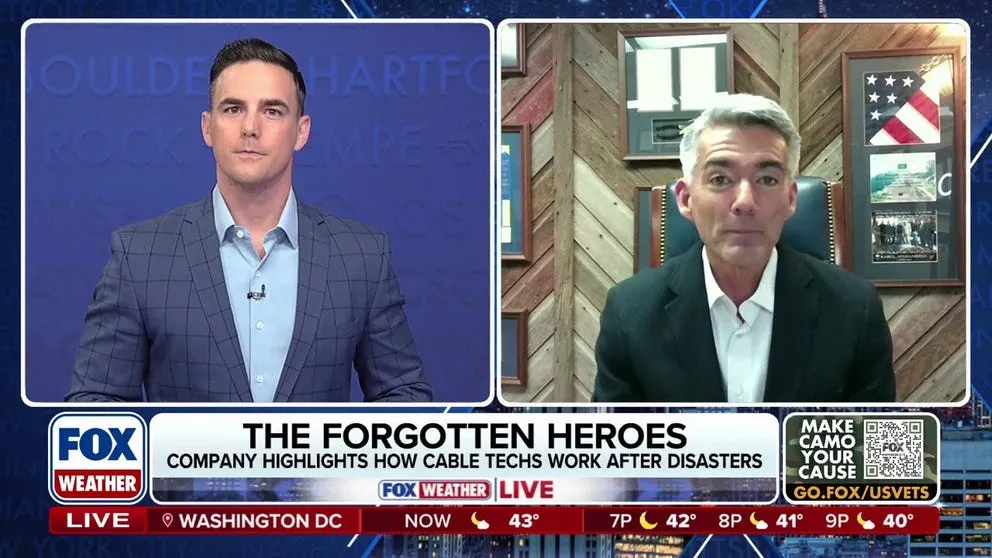This November, Americans will cast their ballots in the midterm elections. For over 40 years, C-SPAN has provided Americans with an invaluable service by providing an unbiased view into not only the governing process, but the campaign process as well.
With the election two weeks away, NCTA interviewed Nate Hurst, a Political Editor at C-SPAN, to learn more about how the network plays its important role in the democratic process.
How is C-SPAN’s coverage of the 2022 elections different from previous election years?
I feel like each cycle builds on the last one – we see that this year with virtual debates and in-person candidate forums still being in the mix. But we’re also seeing – and I say this with a heavy heart – fewer debates. Many candidates aren’t doing debates, or at least as many as they did in previous cycles. Oklahoma is a great example – because of Senator Jim Inhofe’s impending retirement, the state actually has not one, but two U.S. Senate races this year. There are zero debates for those races. Elsewhere, candidates are doing fewer – Florida is having only one Senate debate and one gubernatorial debate.
What are the biggest challenges that come from covering a debate?
There are different debate cultures in each state. Some states – Washington, Ohio, Indiana, and Utah among them – have state debate commissions that organize events for just about any office you can think of. Others, like Alaska, have many debates throughout the election cycle that can get very issue-specific – think fisheries and oil dividend policies.
Getting to know the issues that are at stake in each state is another learning curve, and one of my favorite parts of the job. In Maine, the lobster industry drives parts of many debates; in Florida, the economic impacts of Hurricane Ian were driving a lot of debate discussion this year; and in California, worries about wildfires and the cost of living have been at the top of moderators’ question lists.
In a midterm election year (without the anchor of a presidential election), how does C-SPAN determine which races to cover?
Our approach is very much tied to our mission – we tell the story of the political battle to control Congress. That means bringing in at least one debate from each Senate race where there’s a debate and we can secure rights to air. For House races, we air debates in the races that are expected to be close and will determine which party has the majority in January 2023. And because our government is a federal system, we also cover debates in governors’ races around the country.
What do you wish more people knew about how C-SPAN fits into the overall political reporting landscape?
I wish more people knew about how we cover campaign events outside of our debates – we’ve done this in Texas, Pennsylvania, Georgia, and Nevada this cycle. When it’s possible, we don’t turn the cameras off when somebody is done speaking. We keep rolling and film candidates’ interactions with real people. You can learn so much by watching and listening to a candidates’ conversations with other voters. It’s also a chance to see something a little less scripted that you just can’t get anywhere else.
How does C-SPAN balance its public service mission with shifting trends in how audiences consume media?
Our mission remains the same, and in a way, we’re able to bring the products of our work to even more people as we expand our platforms. I was flying this past weekend home from San Francisco, and a guy on my flight was watching a debate on the C-SPAN Now mobile app while we were waiting for the other passengers to board. I couldn’t have been happier!
What has covering elections for C-SPAN taught you?
My job is a great reminder always, but especially this year, of what an amazing diversity of people and thought we have across the country.








